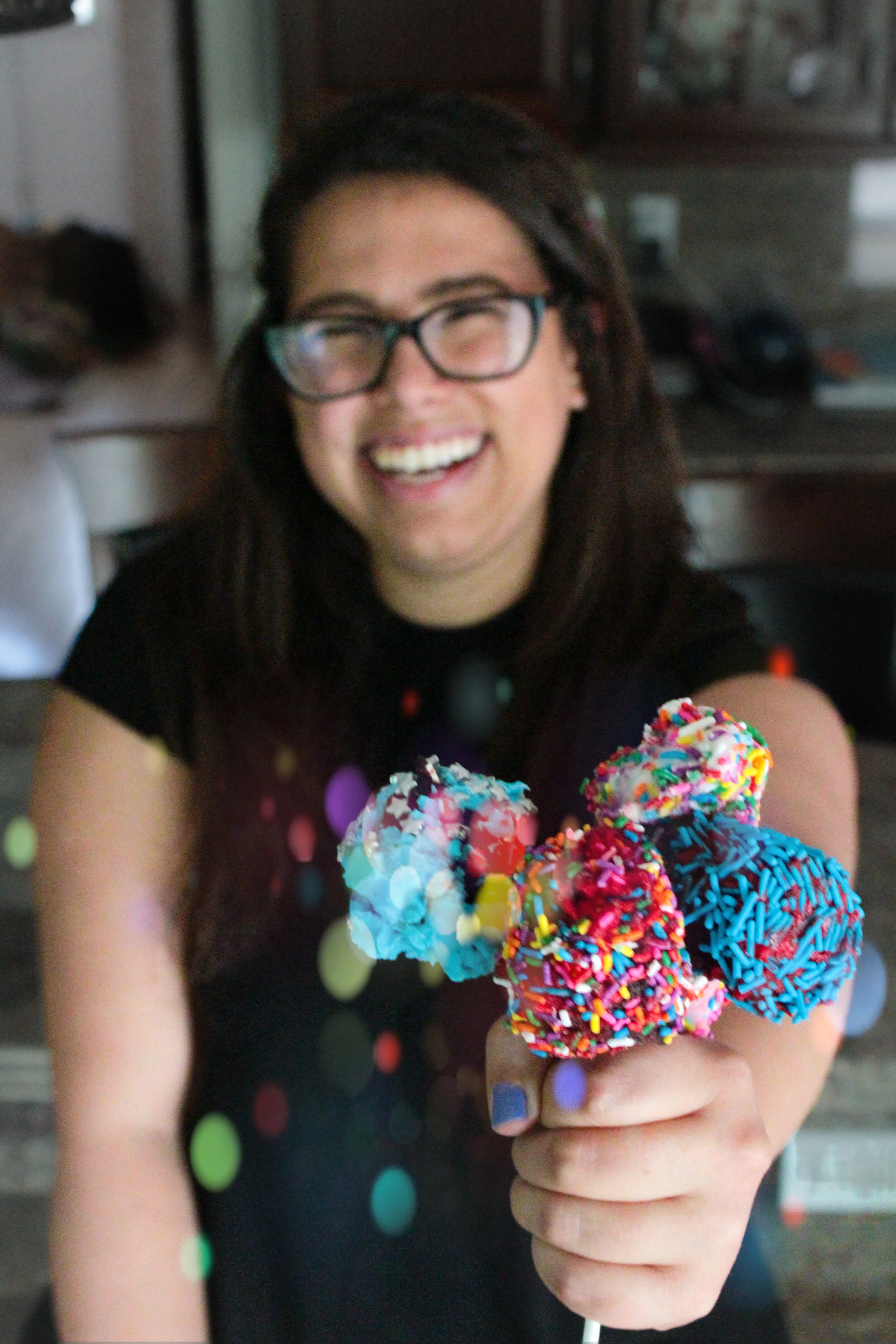Twice the Test?
TW: Medical imagery
A blood test is stressful for me in normal times, triggering a variety of memories as well as my low tolerance for pain. When I found out I’d have to get my blood drawn during the pandemic, my anxiety soared. I tried putting it off for as long as I could, but eventually, I realized I would have to get it done.
After procrastinating for months, I’d built up the experience of getting a blood test during a pandemic to a very high level of fear. In addition to the usual pain and fear, I was anticipating feeling nervous because the other patients might not be wearing masks (I am currently in a state where wearing a mask is optional), the environment might not be clean (the outside of the building looks somewhat sketchy from the road), and in general, sick people tend to go to doctors’ offices and labs, so I could get exposed easily and then endanger myself and my family.
My real experience was very different.
I got to the small office right as it was opening, and aside from the nurse, I was the first one in the door. The place was immaculately clean and almost cozy in the arrangement of shelves full of test tubes and paperwork. I’d already filled in my paperwork online so that I wouldn’t have to touch the pen, but when the nurse realized I needed to initial in a few more places, I ended up not being nervous to touch the pen because of the plethora of Purell nearby.
It helped that I was the only patient, so I didn’t have to wait and have time to look around at all of the medical supplies that still raise my anxiety level even when I know they’re to help me, not hurt me. It helped that the nurse said I have good veins (a common statement from medical professionals), and that I could offer my left arm (using my right sometimes means it’ll reopen later from excessive typing if it’s a workday, and I’m very squeamish).
I started to follow my routine just like at any other blood draw, ignoring the pandemic as I took out my phone and scrolled to a cute new picture of my dog I’d taken the day before. I tried to pretend it was just his wet nose when I felt the cold cleansing swab on the inside of my elbow, and when she pulled my skin taut, I thought of how he sometimes pulls my skin like that when he anchors himself on me to stretch.
And then, practically immediately after it was started, it was done, and it wasn’t even that bad. I got up out of the chair, paid, and left, driving home as easily as ever.
I tend to anticipate worst-case scenarios as easily as I breathe, and whenever I’m going into something that already scares me, I picture all sorts of horrible things. When I was navigating the complicated parking lot, for example, an image came into my head of having to get eight big tubes drawn (the most I’ve ever had to have), followed by the horrible sensation of a numb hand. Maybe the needle could even get stuck in my arm like what happened to me with a flu shot many years ago, or the nurse could miss, causing me a lot of extra pain.
In the end, though, the actual blood test was anticlimactic. I got two vials drawn, one big and one small, and it didn’t even hurt very badly when the nurse put the needle in or pulled it out. It was nothing like the experience I’d imagined, and it gave me hope for other upcoming potentially scary things.
I’ve made official plans to return to Chicago in two weeks, and although part of me is excited to go back to whatever parts of my life I can salvage at a time like this, I’ve been scared of a lot of things. My worst-case scenario planning predicted a lot of things correctly about the pandemic, and there’s a lot I can think of now that I would be terrified of. The one image in particular that sticks in my head is me wandering the apartment alone for hours upon hours, pacing in a frenzy, bored and lonely and desperate.
But this experience has helped show me that not every negative prediction I think is going to come true. It helps to prepare for alternatives, like how I completed the form online so I wouldn’t have to interact with the office supplies, but in the end, there’s no way to predict for sure how an experience will go. I could have had to take a lot more blood; my hand could have gone numb; I could have bled through the bandage even on my left arm. But in the end, none of those things happened.
I’m going to think back to this moment and see what I can do to reframe my thinking in the next two weeks. As I pack and prep, I want to make sure to give myself the best chance of having a successful trip back to Chicago. I don’t want to let my negative thoughts get ahead of me or sabotage me. Just like with the blood draw, everything could just turn out okay, and it’s that possibility that keeps me going as I prepare to live alone once more.
Ellie, a writer new to the Chicago area, was diagnosed with OCD at age 3. She hopes to educate others about her condition and end the stigma against mental illness.






